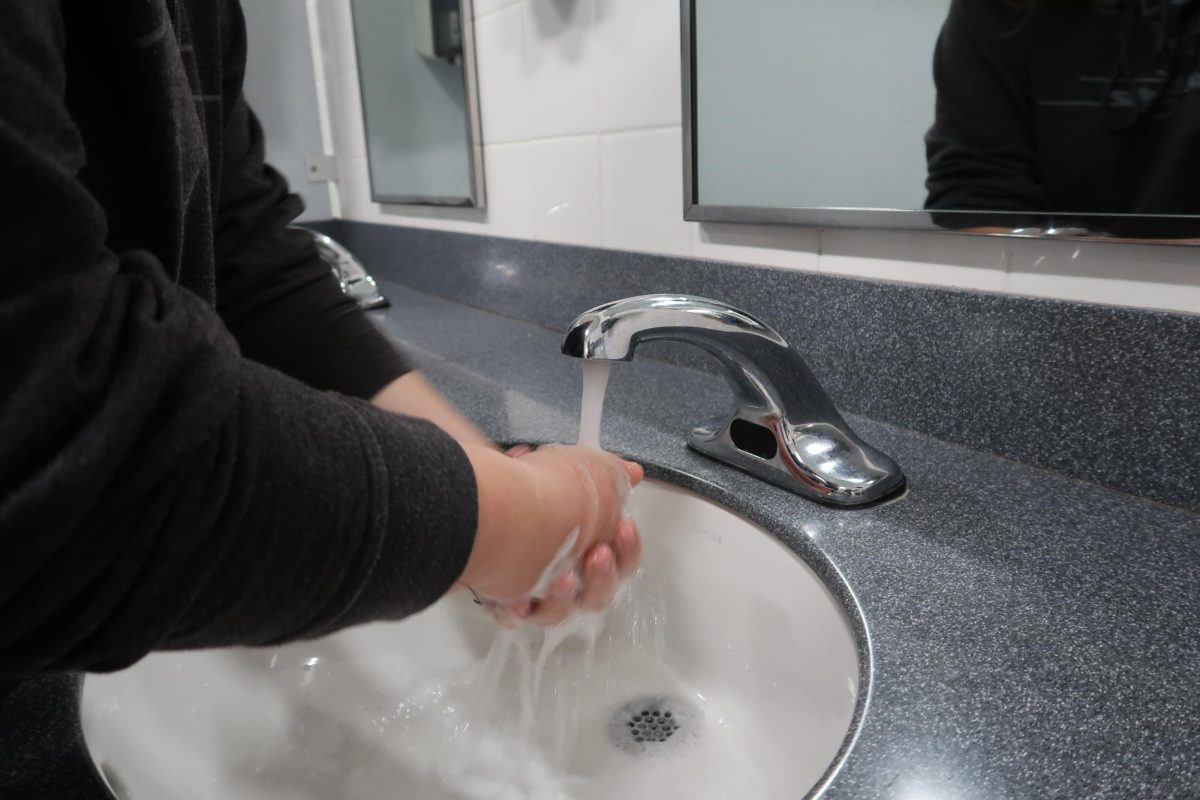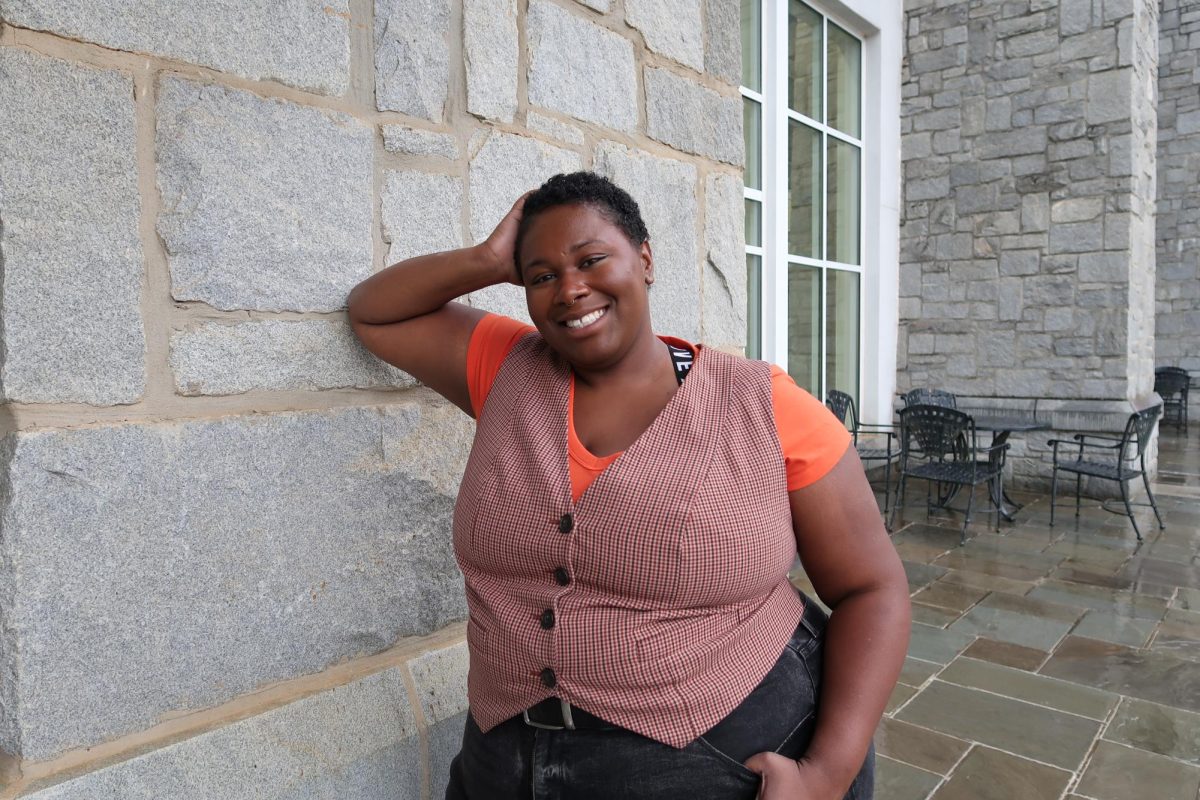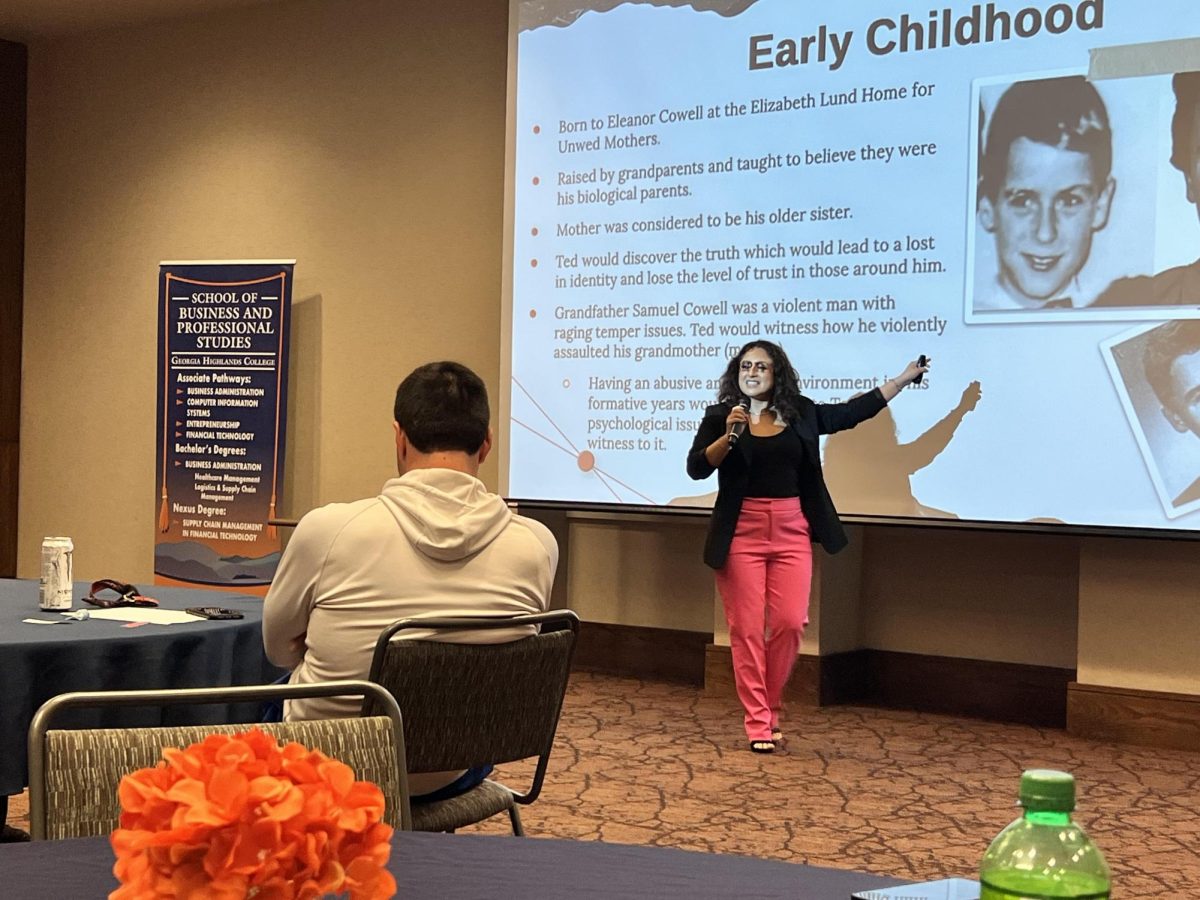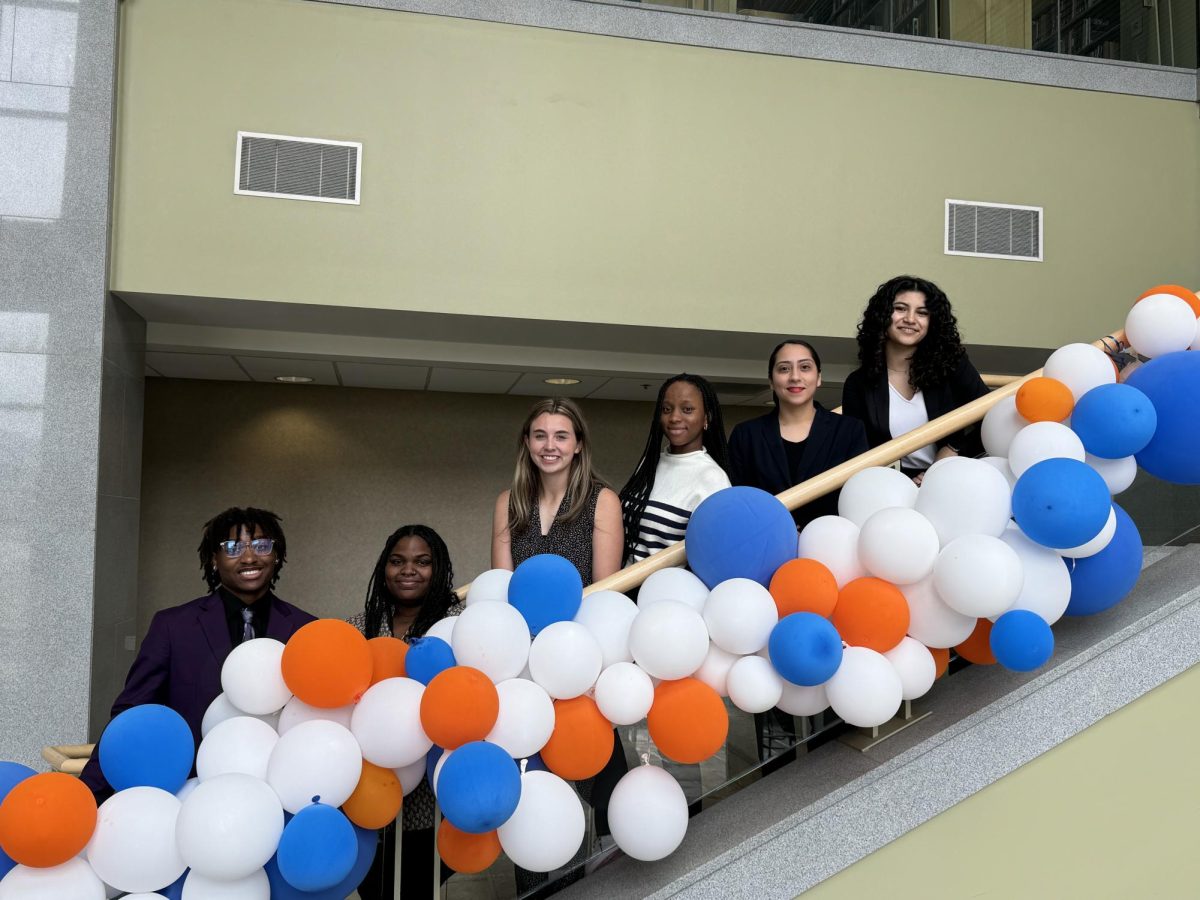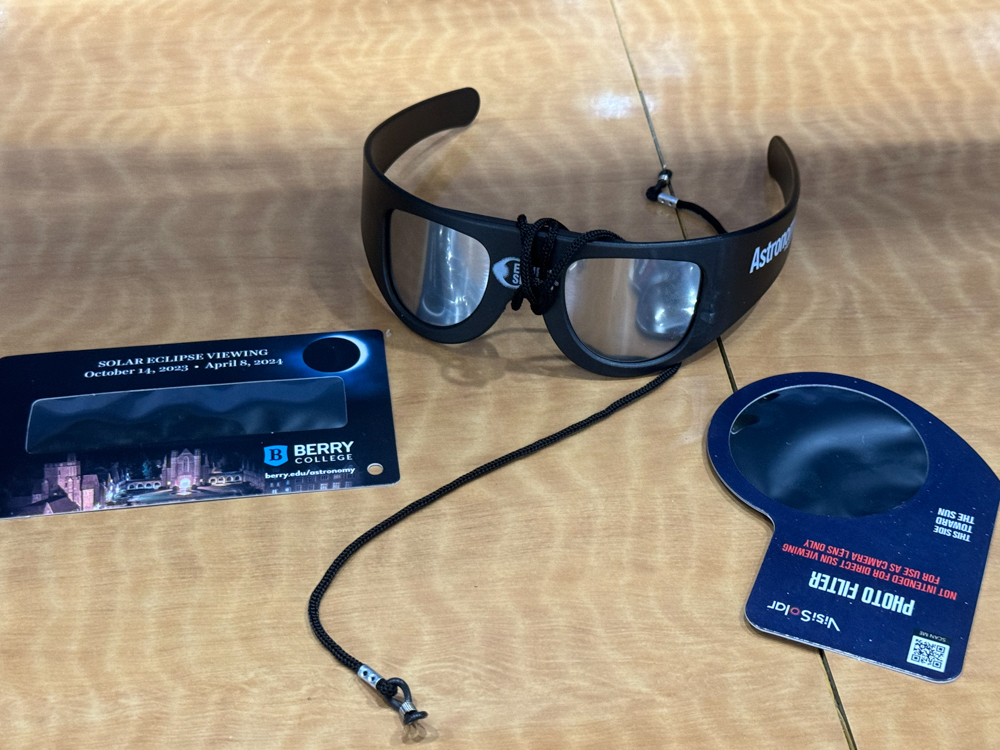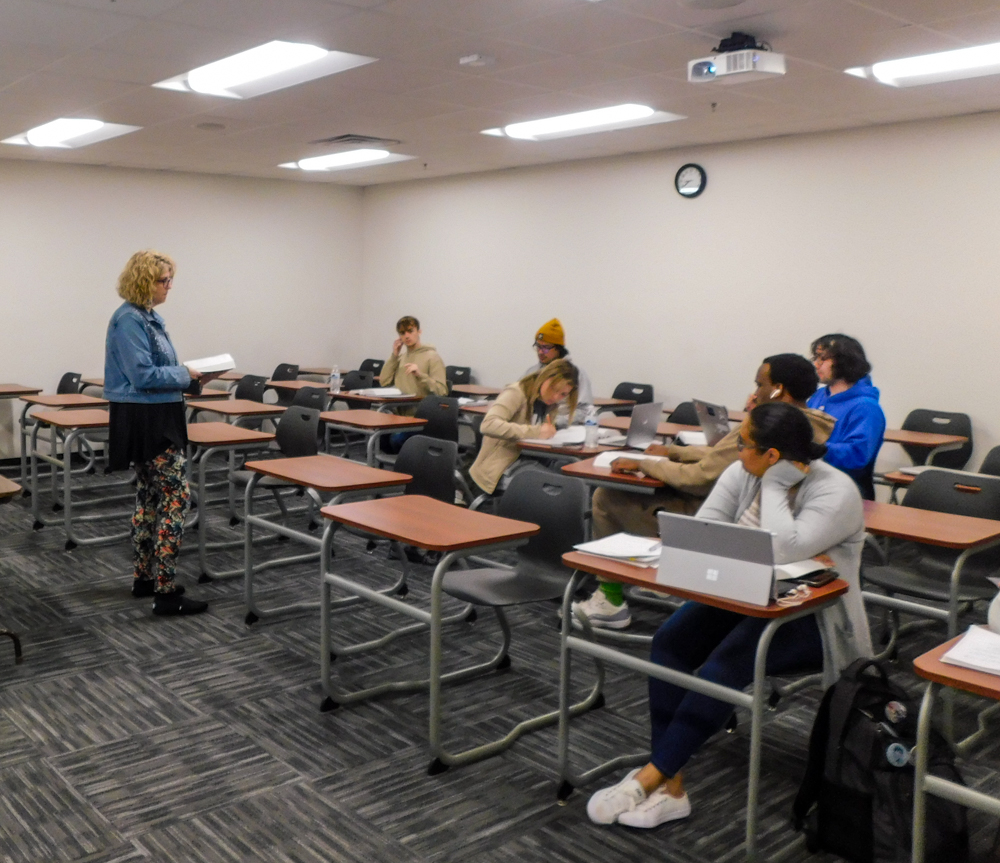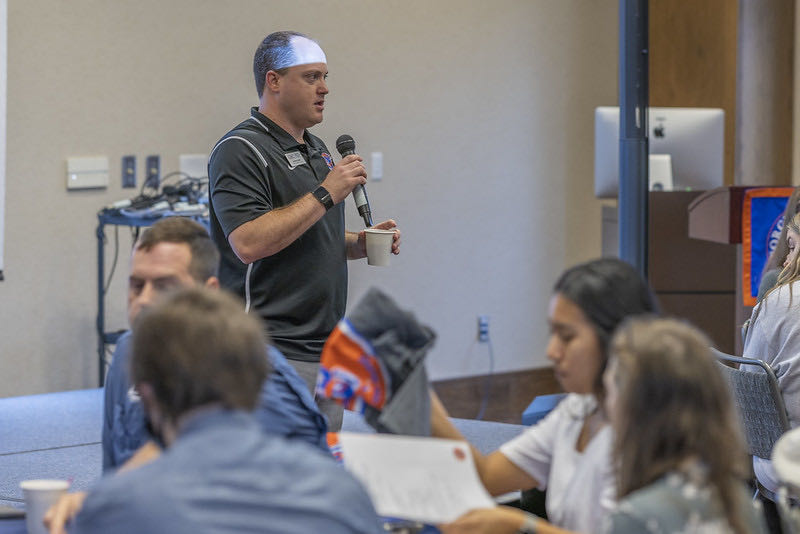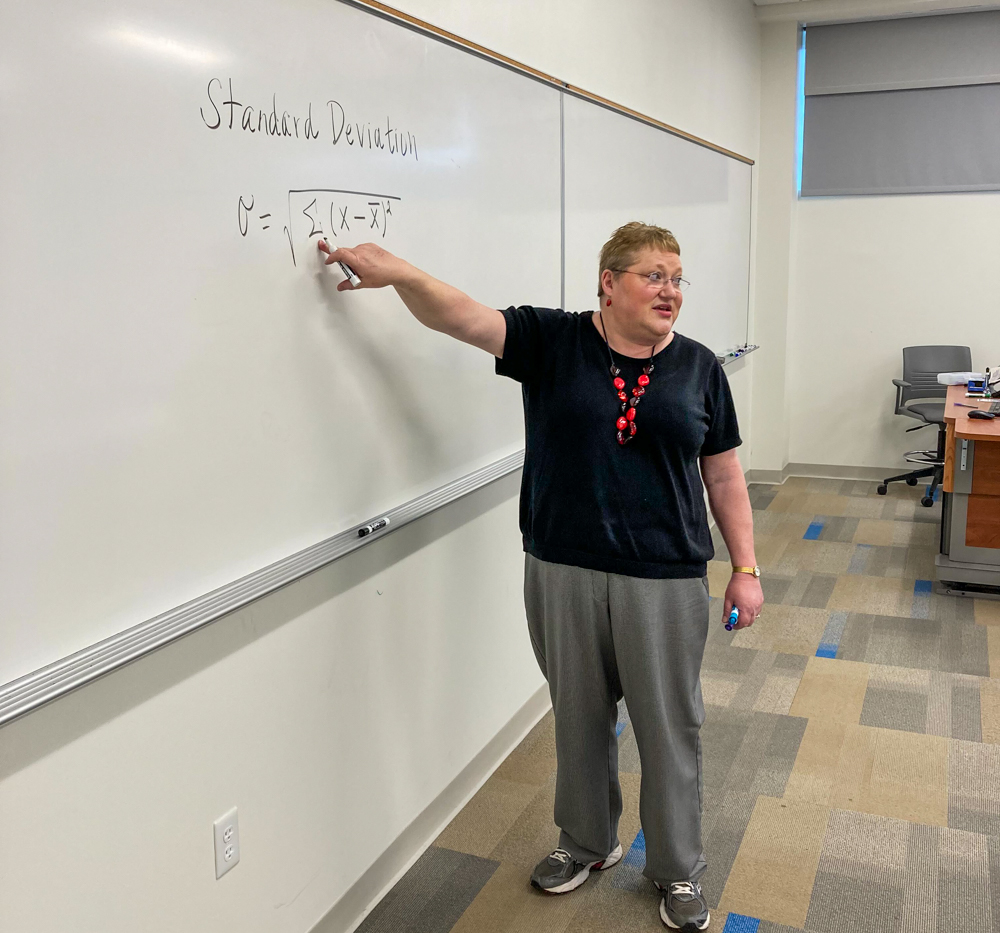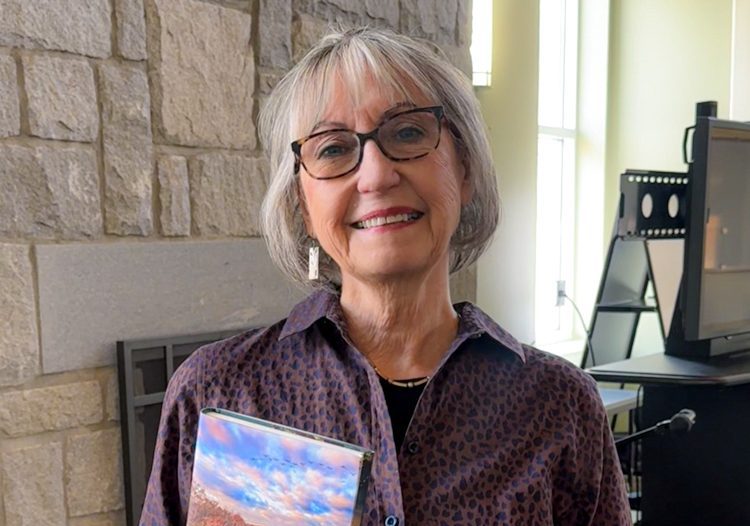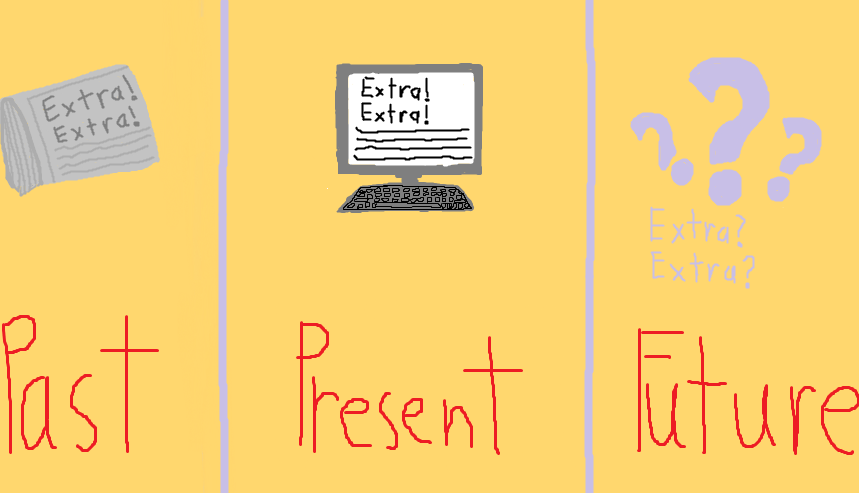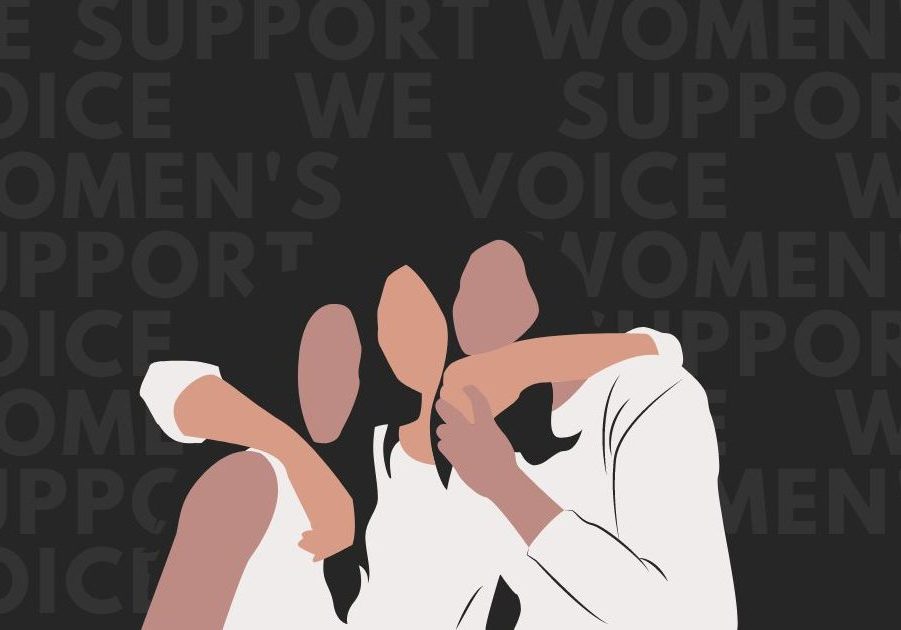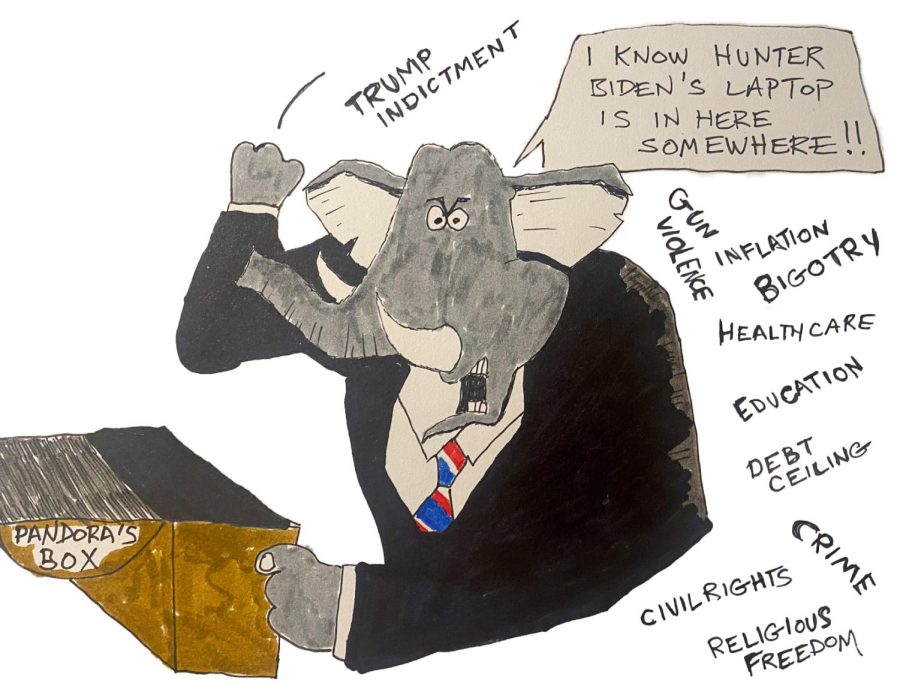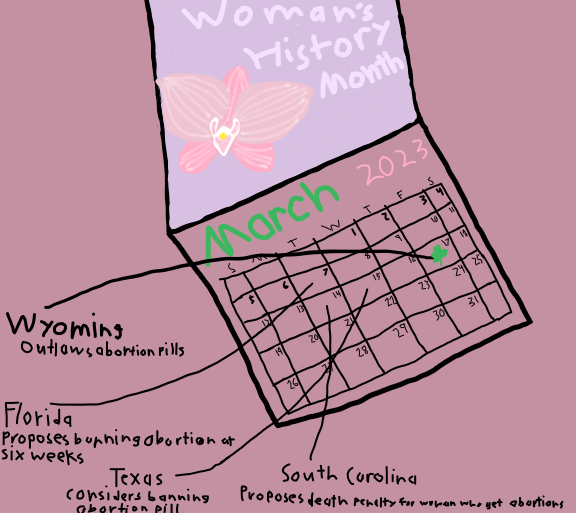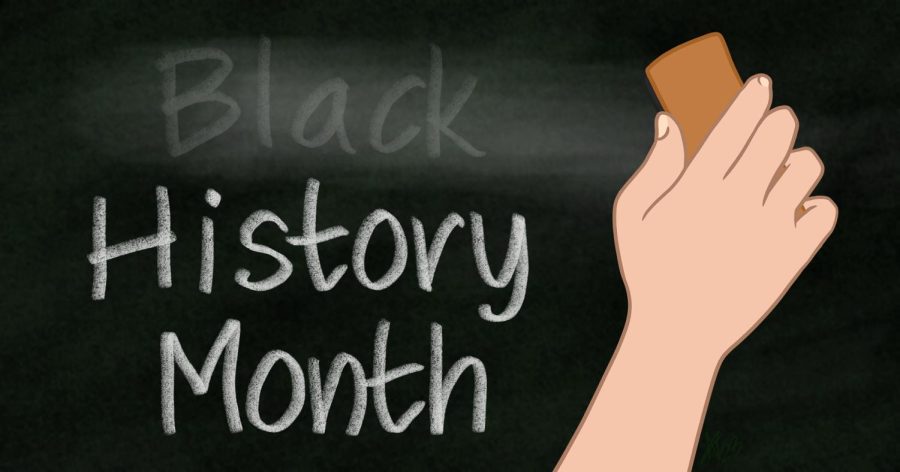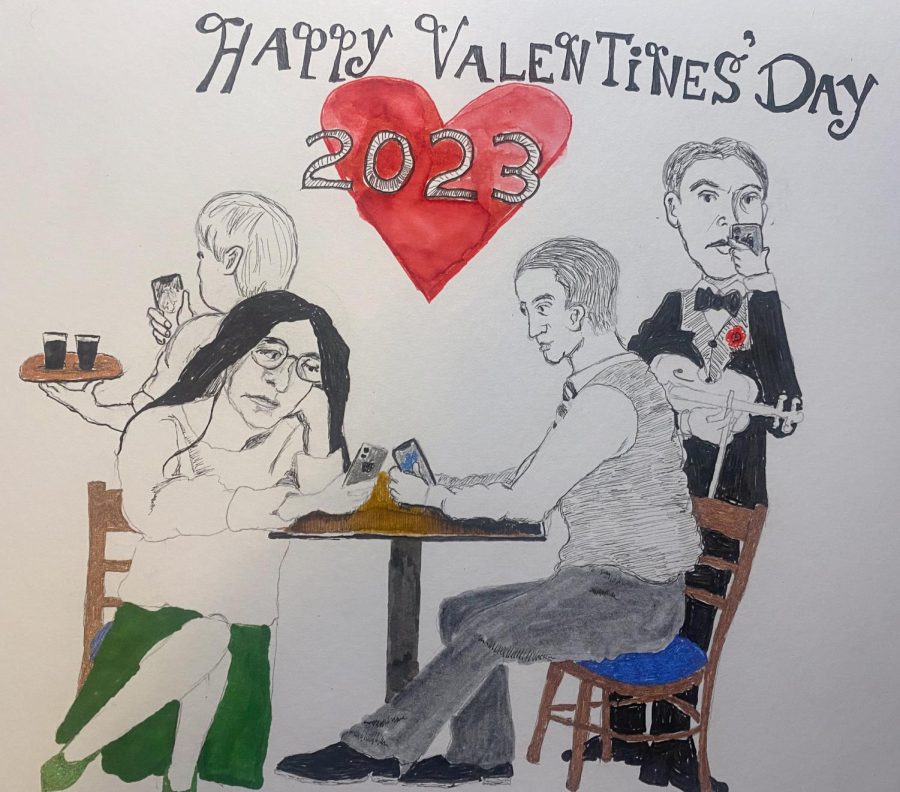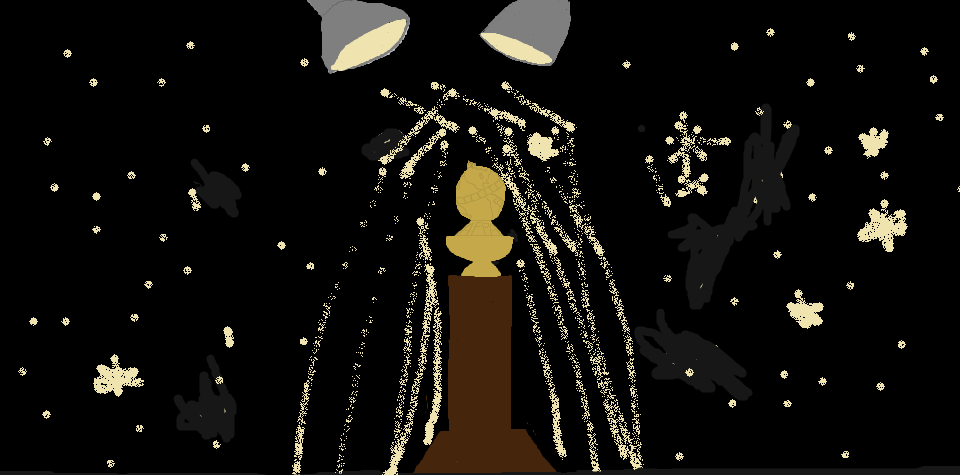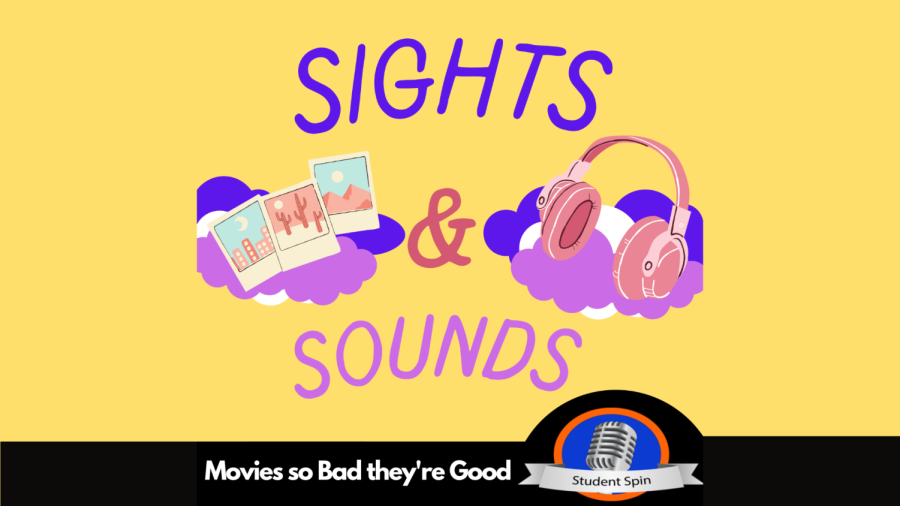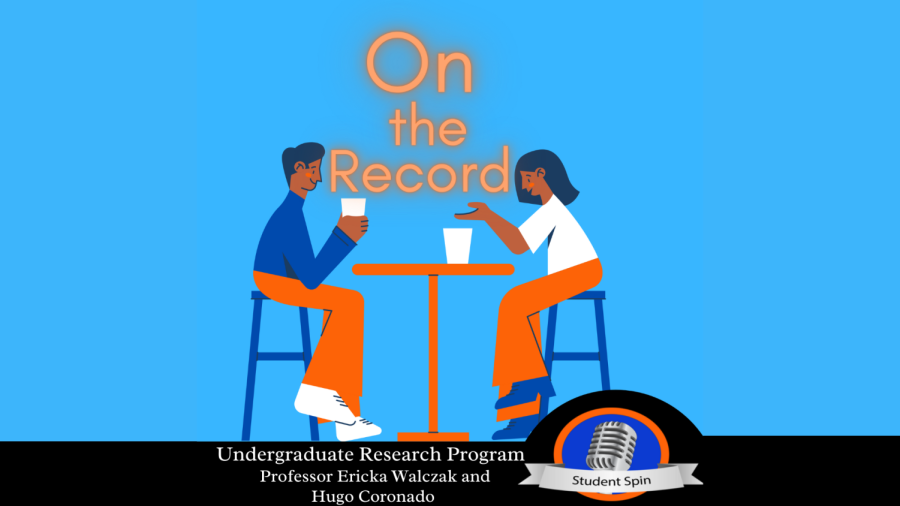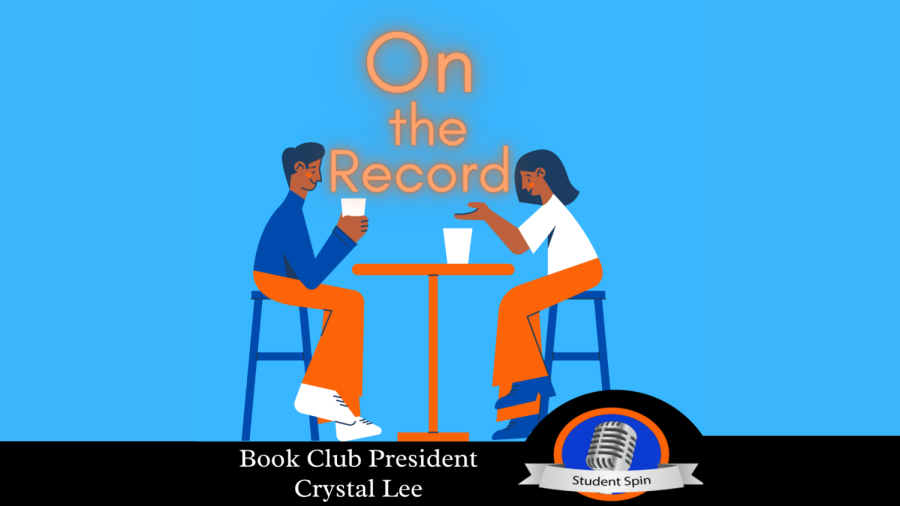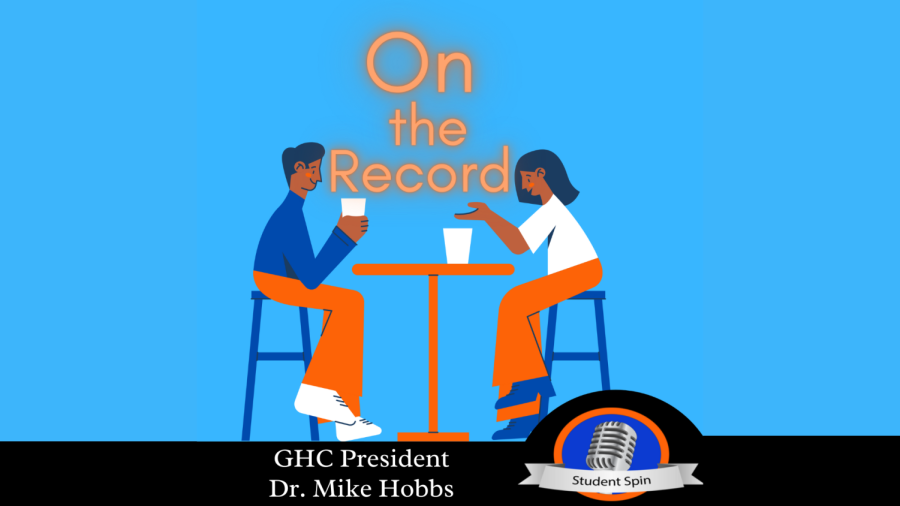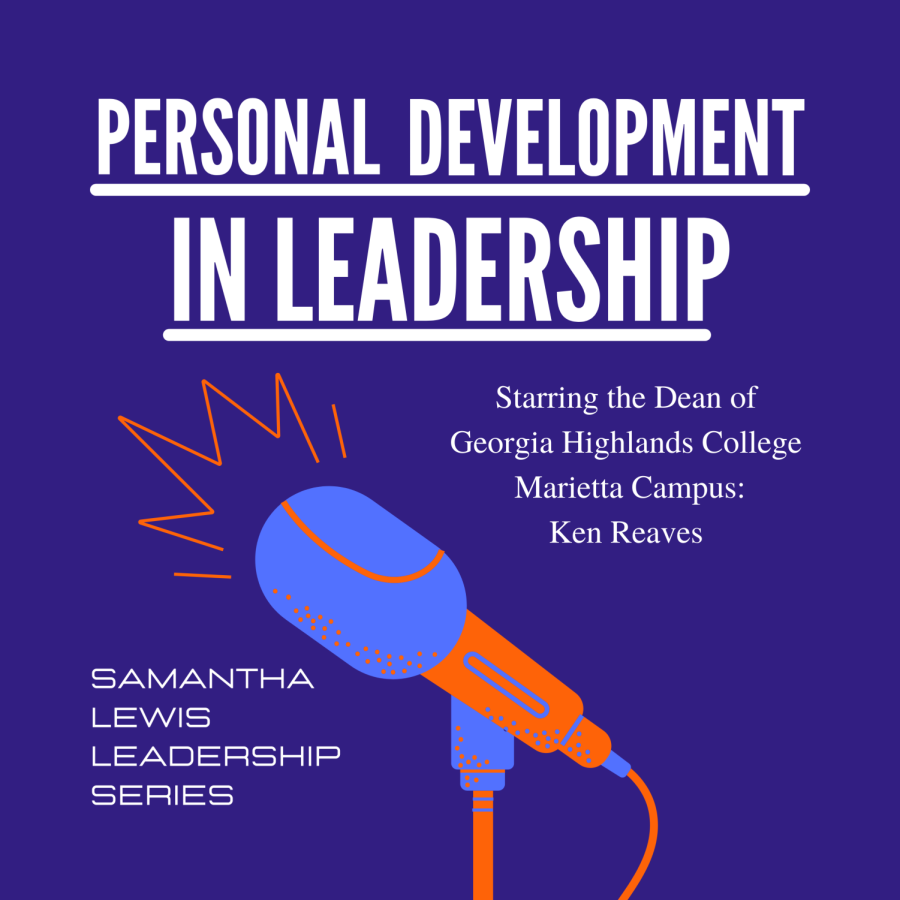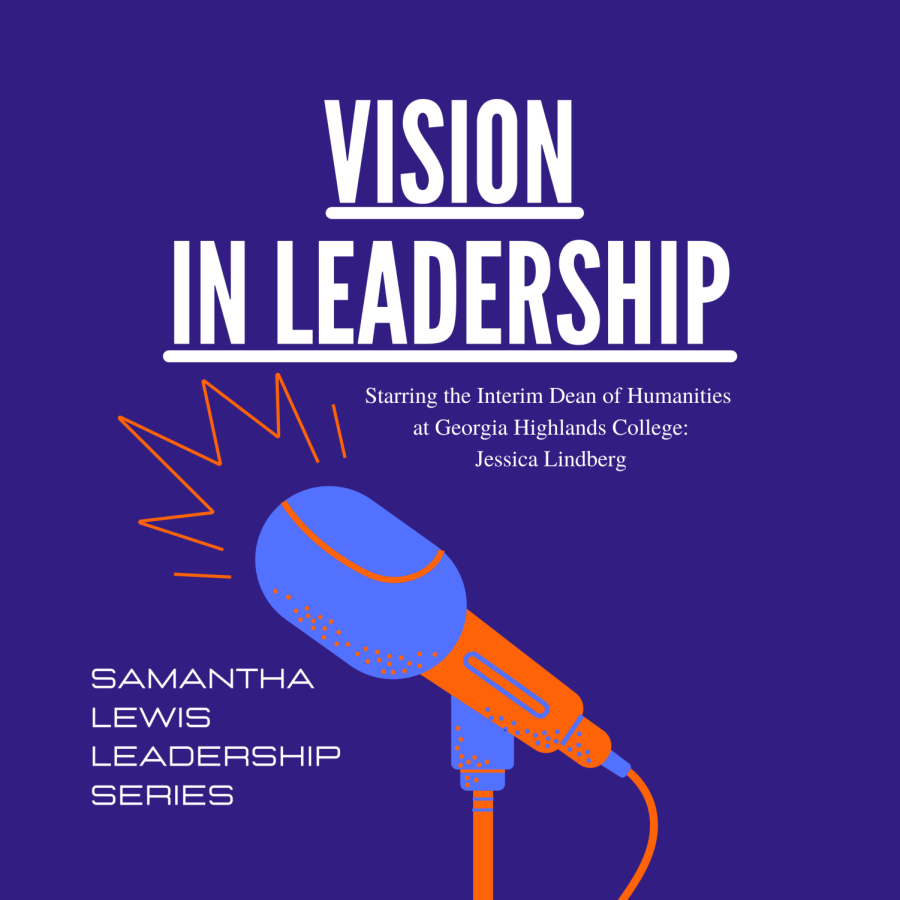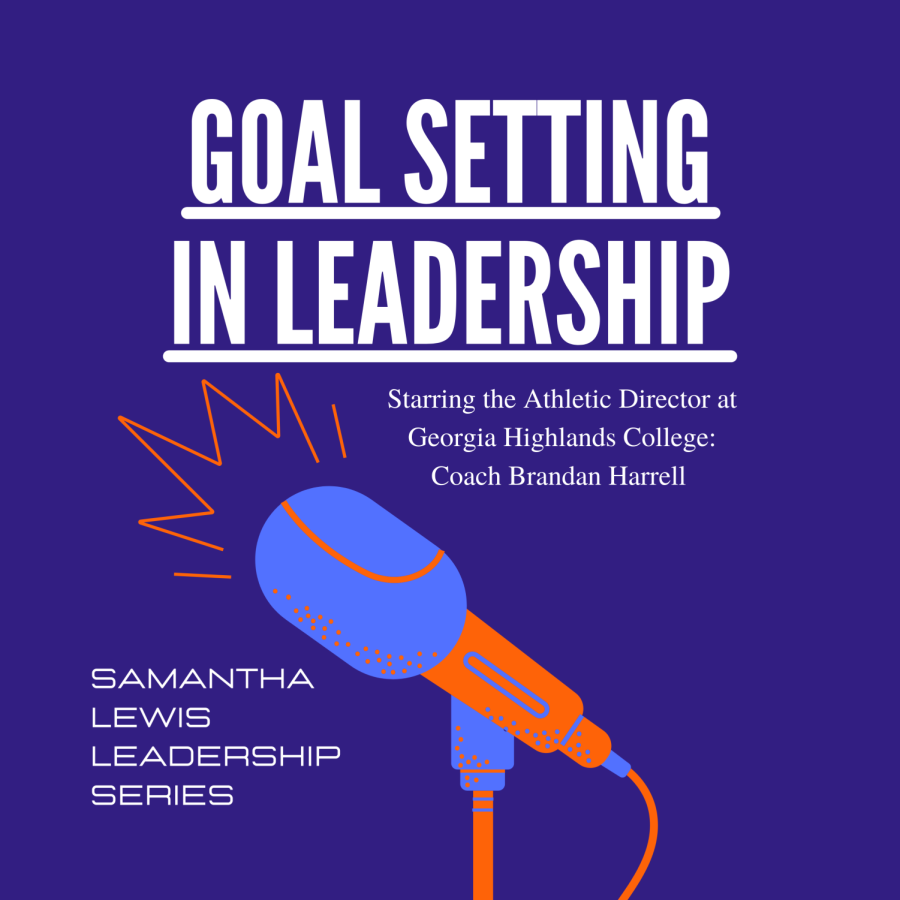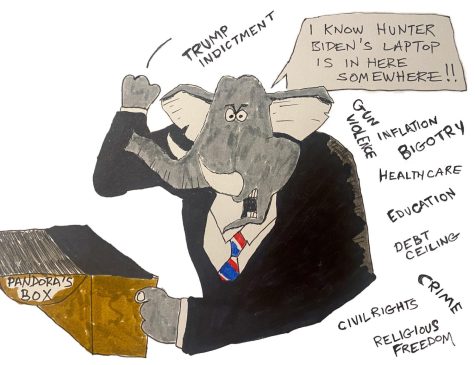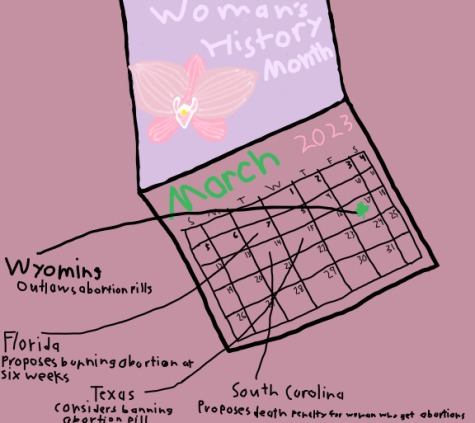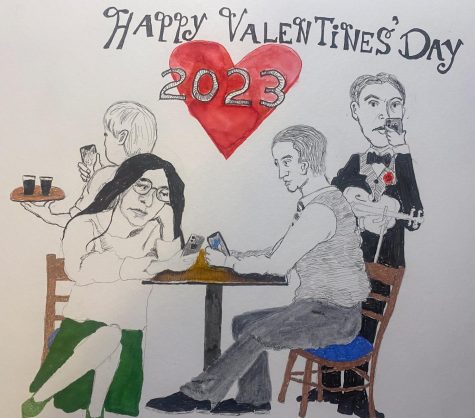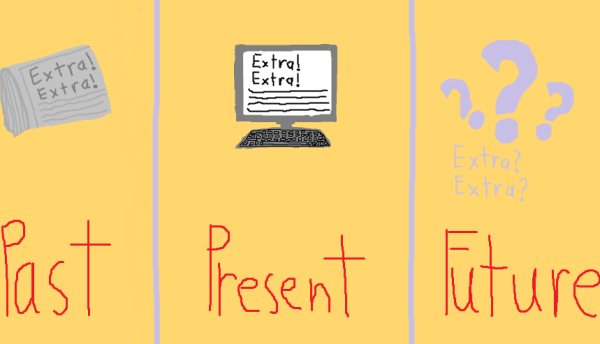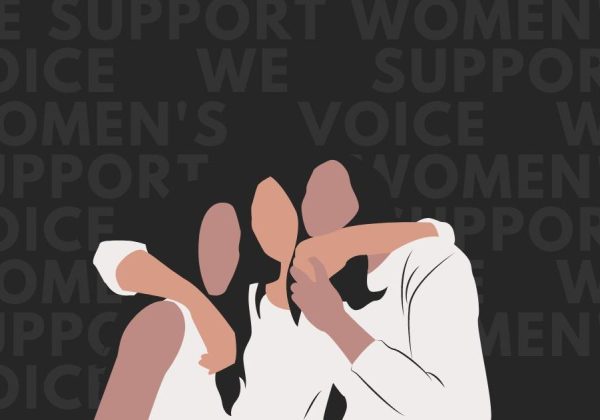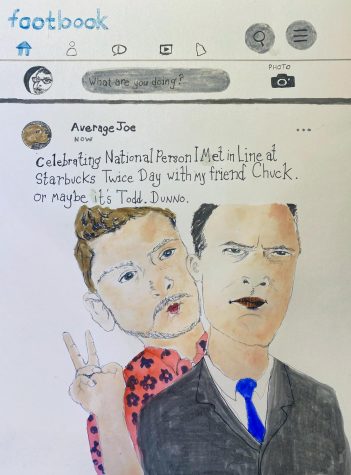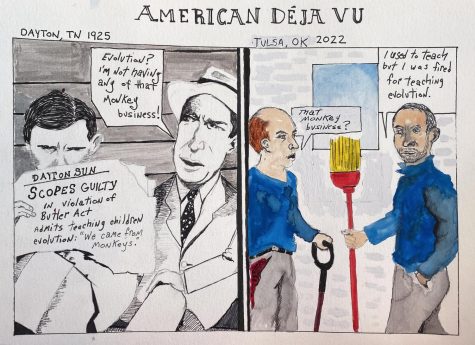Where the media is winning with representation — and where it can improve
Meaningful representation in mainstream media is something many audiences are craving, and the media is beginning to provide. From “Sesame Street” introducing their first character with autism, to Disney giving us movies with POC protagonists such as in “Coco” and “The Princess and the Frog,” adults and children alike are finally able to see the experiences of marginalized groups on the big screen.
On Dec. 25, Pixar gifted us with “Soul,” a movie that left viewers pondering about their purpose in life and if their passions are worth pursuing. “Soul” has been praised for its attention to detail and accurate portrayal of black characters. The way this movie was able to handle taboo themes and convey them in a way that people of all ages can understand and enjoy was mind-blowing. The film captured black people in a positive light and told a story involving a piece of their culture, all without racially coding said characters or portraying them with harmful stereotypes and negative connotations.
“We’ve come such a long way, but I feel as if there’s anytime to branch out and embrace seeing various cultures on screen, it’s now,” said Cartersville student Brianna Bradley, “It’s so exciting seeing my people on screen. For example, the energy I felt in the theatre when I went to see Black Panther was indescribable.”
“Spiderman: Into the Spiderverse” is another amazing film that many thoroughly enjoyed. Not only did the movie give audiences Miles Morales, a biracial (African American and Puerto Rican) spiderman, but showed the softer sides of black men – something the media is currently missing.
More examples of amazing media portrayals are animated shorts such as “In a Heartbeat” and “Out.” Both deal with the topics of coming out and embracing one’s sexuality.
“I love seeing my people on screen,” said Cartersville student Litzy Ponce, “I feel as if television and film could do so much more when it comes to representation.”
However, representation, if not done correctly, can be harmful.
Sia recently received backlash for being ableist in the midst of directing and producing her new film “Music.” The show cast Maddie Ziegler, a neurotypical actress, to portray a character on the spectrum.
According to EOnline!, Sia admitted, “I actually tried working with…a beautiful young girl non verbal on the spectrum,” and that the actress “found it unpleasant and stressful,” resulting in her casting Ziegler.
The movie also features prone restraint in multiple scenes, where the child is laid face down into the ground thereby cutting off their air supply. This has led to a multitude of deaths in the autism community.
In juxtaposition, prior to “Music,” Pixar released the animated short “Loop” that introduced Disney’s first non-verbal autistic lead character Renee, played by Madison Brandy, who also has non-verbal autism. In a behind the scenes video, they brought Brandy to an autistic led studio — when feeling overwhelmed, they let her work in the comfort of her own home.
Although mainstream media is still far off from representing all minorities positively, the feeling of joy and pride that overcomes a person once they’re able to experience seeing the accurate depictions of oneself on screen is priceless. People who are finally experiencing representation in the media are finally able to see themselves in their favorite stories and use them to show others the world through their lens.

